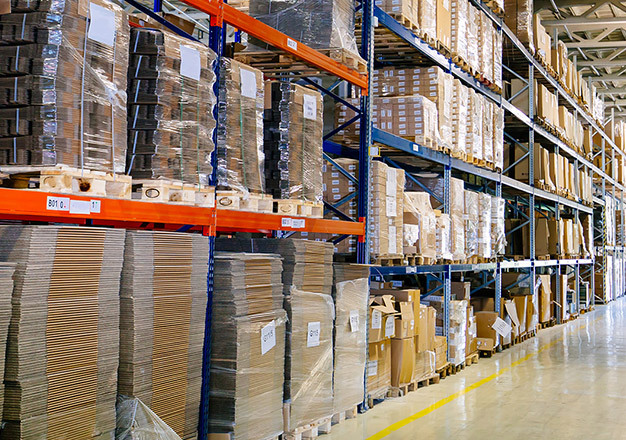When it comes to transportation, we understand that every cargo journey is unique, with its own set of requirements and challenges. But when it comes to transporting hazardous materials (HAZMAT), there are a few extra steps and requirements to consider. HAZMAT refers to any substance or material that has the potential to pose a risk to human health, property, or the environment. This category includes a wide range of products, such as chemicals, gasses, flammable materials, explosives, radioactive materials, and biological agents. It is crucial to have a solid understanding of HAZMAT and how to properly manage it to ensure safe transportation and storage.
So, when planning the logistics along with a logistics company and monitoring your next cargo transportation, it is essential to have effective communication with your transportation and logistics provider and ask the right questions to achieve the best results. However, it can be difficult to ask the right questions if you aren’t familiar with the key terms used in HAZMAT transportation.
That’s why we have created this list of the most common and essential terms used in HAZMAT transportation.
1. Port of Entry
The port of entry is a designated location where international shipments of hazardous materials are inspected and cleared by customs and border protection authorities. It serves as a crucial point of entry for hazardous materials entering a country, and specific regulations and procedures must be followed to ensure compliance and efficient processing of HAZMAT shipments.
2. HAZMAT Technician
A hazmat technician refers to an individual who has undergone specialized training and possesses the necessary knowledge and skills to respond to hazardous materials incidents. These technicians are responsible for assessing the situation, implementing appropriate safety measures, and mitigating any potential risks associated with hazardous substances during transportation.
3. Safety Data Sheet (SDS)
This is a crucial document that provides essential information about a hazardous substance. It includes details about its physical and chemical properties, potential hazards, safe handling and storage instructions, emergency procedures, and first aid measures. Whether you are a shipper, hauler, or receiver, ensuring that the SDS is accurate, up-to-date, and readily accessible is key to proper HAZMAT management.
4. Code of Federal Regulations (CFR)
The CFR is a set of rules and regulations established by the US Department of Transportation (DOT) to govern the safe transportation of hazardous materials across various modes, including road, rail, air, and water. Familiarizing yourself with the relevant sections of the CFR is crucial to ensure compliance and minimize risk.
5. UN Number
UN numbers are part of the United Nations’ system for identifying hazardous materials during transportation. Each hazardous substance is assigned a unique four-digit number, which simplifies identification and facilitates emergency response efforts. Shippers, carriers, and emergency responders must be aware of UN numbers to handle HAZMAT properly.
6. Limited Quantity Square-on-Point Warning Labels
These are essential for the safe shipment of hazardous materials. It is mandatory for the transportation of mailable hazardous substances to be clearly and prominently labeled. This labeling must include the correct shipping name and UN identification number, unless stated otherwise.
7. Hazardous Material Incident Report (HMIR)
The Hazardous Material Incident Report (HMIR) is a document that provides detailed information about incidents involving the transportation of hazardous materials. It includes data such as the date, time, and location of the incident, the type and quantity of hazardous materials involved, and a description of the event. This report is important for accident investigation, tracking trends, and improving safety practices in HAZMAT transportation.
By understanding these key terms and incorporating them into your conversation with your transportation and logistics provider, you can ensure a smoother and safer HAZMAT transportation experience. But how do you know if a provider is the right choice for your HAZMAT transportation?
#WSLProTips – Essential Questions to Ask Before Booking a HAZMAT Service
- Is your company properly licensed and insured for handling HAZMAT? It is essential to work with a logistics company that holds the necessary certifications, permits, and insurance coverage required for transporting hazardous materials. Asking this question ensures that you are partnering with a reputable and legally compliant provider.
- Are your employees trained and certified in HAZMAT handling? HAZMAT requires specialized knowledge and expertise to handle it safely. Inquire whether the logistics company’s employees have undergone thorough training and hold valid certifications.
- Can you provide references to your previous HAZMAT projects? Requesting references gives you valuable insights into the logistics company’s expertise and track record.
Remember, safety should always be the top priority when it comes to managing hazardous materials. If you have any questions about these requirements and documents or need professional assistance, don’t hesitate to reach out to our team. We’re here to help you navigate through the complexities of HAZMAT transportation and make your journey as seamless and secure as possible.





